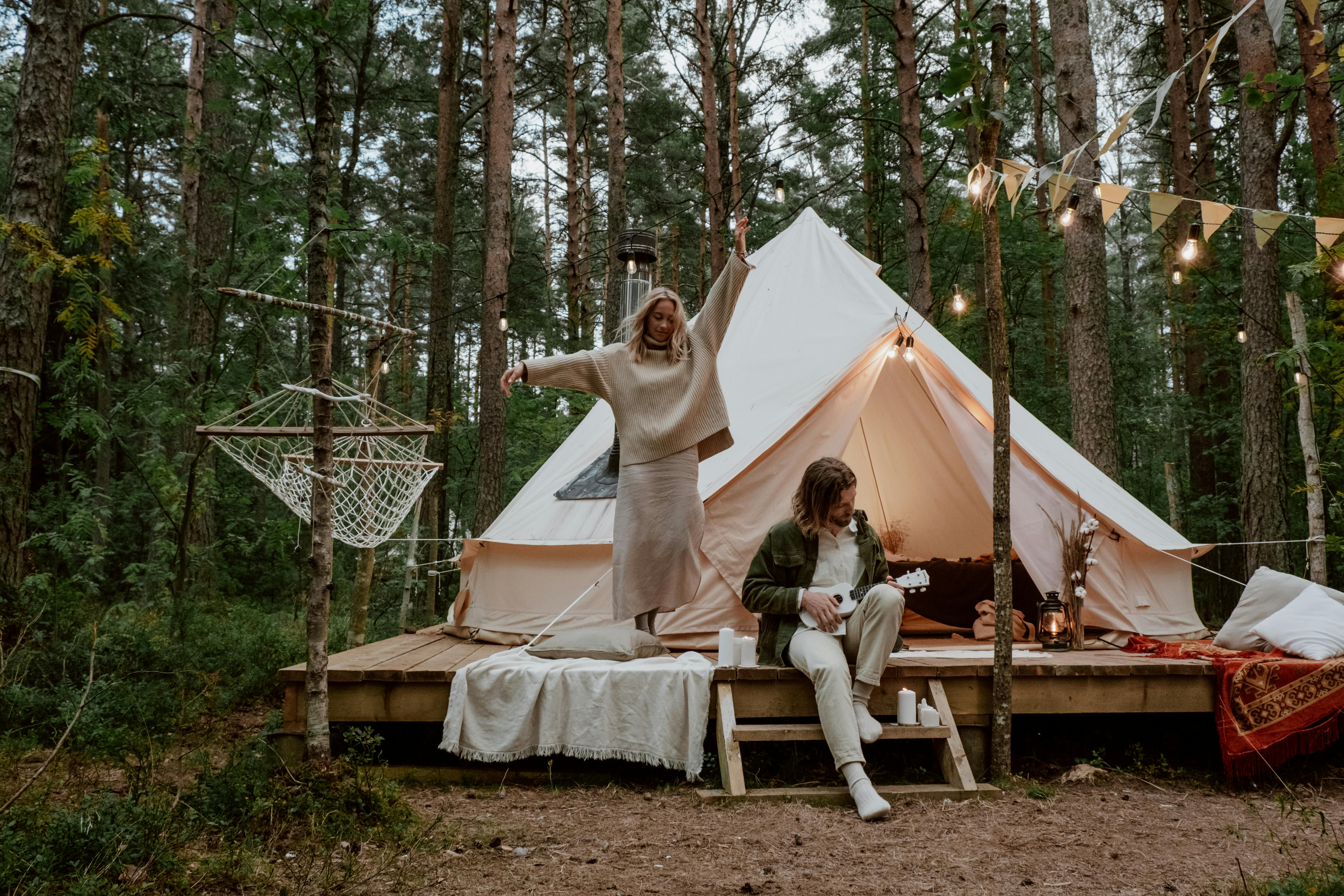Rise of Glamping: A Luxurious Twist on Traditional Camping
Travel trends are ever-evolving, shifting with the changing needs, desires, and values of travelers. Among the latest trends to gain traction is glamping—an intriguing blend of glamour and camping. Glamping offers the thrill of outdoor adventure without sacrificing comfort, making it an increasingly popular choice among travelers seeking unique experiences. This article delves into the history, current trends, and implications of this fascinating travel trend.

History of Glamping
The origins of glamping can be traced back to the 16th century, when the Scottish Earl of Atholl set up lavish accommodations for the visiting King James V and his mother. These tents were furnished with all the comforts of their palace, setting a precedent for luxurious outdoor living. However, it was not until the 21st century that the term “glamping” was coined and the trend began to gain momentum.
Current Trends and Insights
Glamping has since evolved to encompass a variety of unique accommodations, from plush treehouses and yurts to repurposed shipping containers. According to a report by Arizton, the global glamping market is expected to reach $4.8 billion by 2025, reflecting its rising popularity.
The trend has been boosted by social media, with influencers showcasing their glamping experiences, piquing interest among their followers. Moreover, the desire for eco-friendly travel options and the need for physical distancing amid the pandemic have further propelled the glamping trend.
Glamping: The Pros and Cons
While glamping offers a unique and comfortable way to connect with nature, it is not without its challenges. On the plus side, it provides a way to enjoy the great outdoors without the discomforts associated with traditional camping. It also offers unique accommodations that can add to the overall travel experience.
However, as with any growing trend, there are potential downsides. Glamping can be costly, and its rising popularity may lead to overcrowding in once-secluded natural spots. Plus, while glamping sites are often marketed as eco-friendly, the reality can sometimes be different, depending on the practices of the specific site.
Fascinating Glamping Factoids
- The term “glamping” was first added to the Oxford English Dictionary in 2016.
- Glamping accommodations can range from treehouses, yurts, and teepees to air-streams, domes, and luxury tents.
- The most popular glamping destinations include the United States, Australia, and the United Kingdom.
Conclusion
The rise of glamping reflects a broader shift in travel trends towards unique, experiential, and comfortable trips. As travelers continue to seek out novel experiences that align with their values and lifestyles, it is likely that glamping will continue to evolve and flourish. However, as with any trend, it’s crucial for travelers to approach glamping responsibly, considering its potential impacts on natural environments and local communities.




